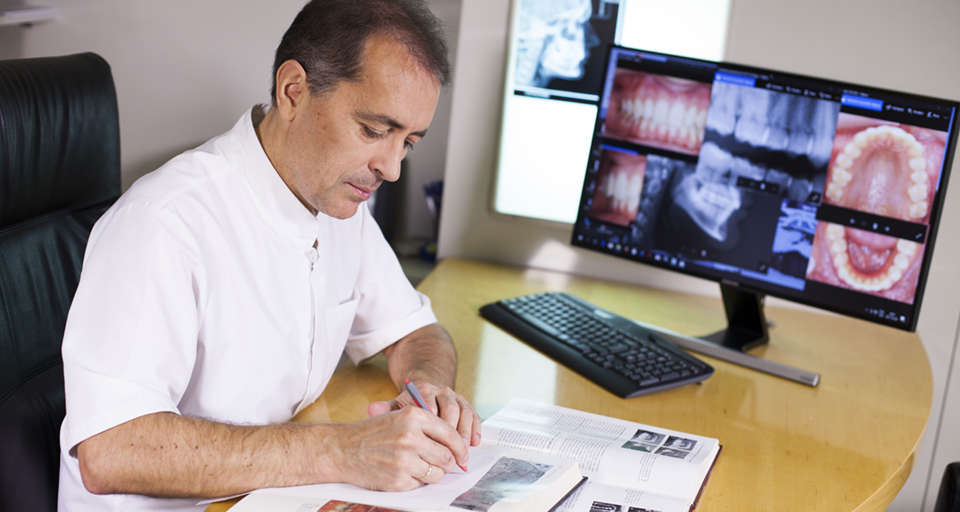Nasolabial appearance after two palatoplasty types in cleft lip and palate.
Written by admin on May 30, 2014
Orthod Craniofac Res. 2014 May;17(2):124-31. doi: 10.1111/ocr.12039. Epub 2014
Jan 13.
Brudnicki A(1), Bronkhorst EM, Nada R, Dudkiewicz Z, Kaminek M, Katsaros C,
Fudalej PS.
Author information:
(1)Department of Pediatric Surgery, Institute of Mother and Child, Warsaw,
Poland.
BACKGROUND: Facial appearance is important for normal psychosocial development
in children with cleft lip and palate (CLP). There is conflicting evidence on
how deficient maxillary growth may affect nasolabial esthetics.
METHODS: We retrospectively investigated nasolabial appearance in two groups,
the Langenback (35 children; mean age 11.1 years; range: 7.9-13.6) and
Vomerplasty (58 children; mean age 10.8 years; range: 7.8-14), who received
unilateral CLP surgery by the same surgeon. The hard palate repair technique
differed between the two groups. In the Langenback group, palatal bone on the
non-cleft side only was left denuded, inducing scar formation and inhibiting
maxillary growth. In the Vomerplasty group, a vomerplasty with tight closure of
the soft tissues on the palate was applied. Thirteen lay judges rated nasolabial
esthetics on photographs using a modified Asher-McDade’s index.
RESULTS: Nasolabial esthetics in both groups was comparable (p > 0.1 for each
nasolabial component). Inferior view was judged as the least esthetic component
and demonstrated mean scores 3.18 (SD = 0.63) and 3.13 (SD = 0.47) in the
Langenback and Vomerplasty groups, respectively. Mean scores for other
components were from 2.52 (SD = 0.63) to 2.81 (SD = 0.62). Regression analysis
showed that vomerplasty is related with slight improvement in the nasal profile
only (coefficient B = -0.287; p = 0.043; R(2 ) = 0.096).
CONCLUSIONS: This study demonstrates that the use of vomerplasty instead of the
Langenbeck technique is weakly associated with the nasolabial appearance among
pre-adolescent patients with UCLP.
© 2014 John Wiley & Sons A/S. Published by John Wiley & Sons Ltd.
DOI: 10.1111/ocr.12039
PMID: 24417872 [Indexed for MEDLINE]




